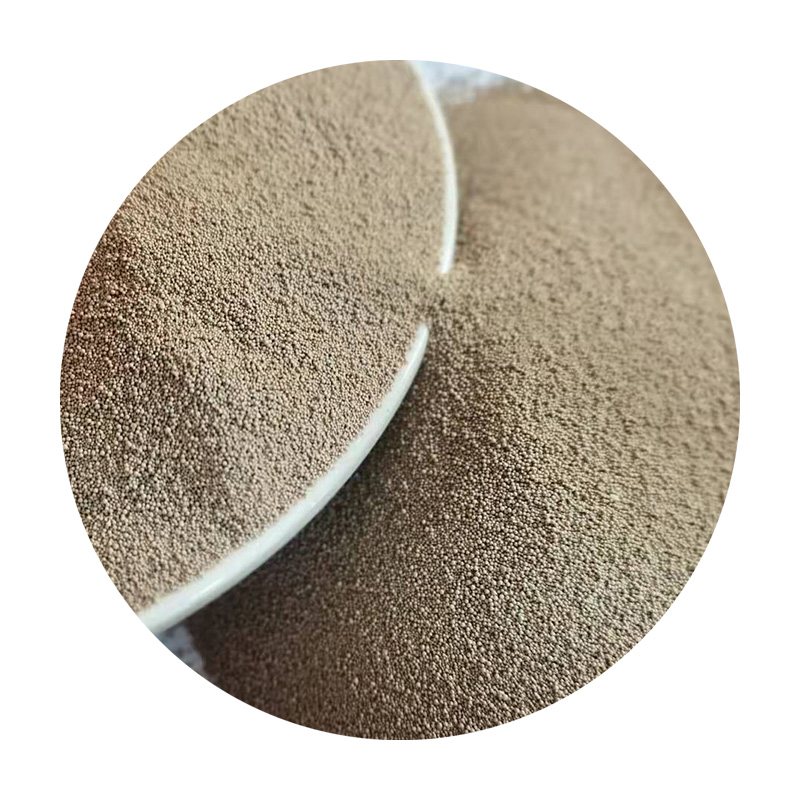Understanding Sintered Sand A Sustainable Solution in Modern Industry
Sintered sand has emerged as an innovative material gaining traction in various industries due to its unique properties and sustainable advantages. The process of sintering involves the application of heat to compact and fuse particles together without melting them entirely. This technique has been adapted for sand, resulting in a versatile material suitable for numerous applications.
The Process of Sintering Sand
Sintering sand typically involves subjecting sand particles to high temperatures, allowing them to bond together at their contact points. This process enhances the structural integrity of the sand while maintaining its lightweight nature. The sintering temperature usually ranges between 1200 to 1400 degrees Celsius, depending on the type of sand and the desired properties of the final product.
One of the significant advantages of sintered sand is that it retains the original characteristics of sand, such as its high permeability and ability to withstand deformation. This makes sintered sand particularly valuable in the construction and manufacturing sectors, where durable, lightweight materials are in high demand.
Applications of Sintered Sand
1. Construction In the construction industry, sintered sand is used for making lightweight concrete. The sintered aggregates reduce the overall weight of concrete without compromising its strength, making it ideal for high-rise buildings and transportation structures. This property can significantly reduce the energy required for transportation and handling, contributing to more sustainable building practices.
2. 3D Printing The rise of additive manufacturing, or 3D printing, has opened new avenues for the use of sintered sand. In 3D printing, sintered sand is utilized to create precise and complex shapes that would be challenging to achieve with traditional methods. The layered application of sintered sand allows for intricate designs while minimizing waste material—a key advantage in an industry striving for sustainability.
sintered sand

3. Foundry Applications Sintered sand is popular in foundry processes, particularly in the production of molds and cores for metal casting. The heat and pressure-bound properties of sintered sand allow it to handle high temperatures during molten metal casting. Moreover, its ease of use and ability to produce fine details make it a preferred choice for creating complex metal components in automotive and aerospace industries.
4. Environmental Remediation An exciting application of sintered sand lies in environmental remediation. Researchers are exploring its potential as a filter medium for water treatment processes, where it aids in removing contaminants from water, thus contributing to cleaner and safer water sources.
Sustainability Benefits
The shift towards sustainable practices has prompted industries to seek out eco-friendly materials. Sintered sand stands out due to its low environmental impact. Being derived from naturally occurring materials, sintered sand can be produced using local resources, reducing transportation emissions. Additionally, the sintering process itself can be optimized to consume less energy compared to traditional manufacturing methods.
Furthermore, the durability and longevity of products made from sintered sand mean that they require less frequent replacement, contributing to a decreased environmental footprint over time. As industries increasingly focus on closed-loop systems, the recyclability of sintered sand opens possibilities for reusing sand materials, further enhancing its sustainability profile.
Conclusion
Sintered sand represents a significant advancement in material science, offering a blend of strength, versatility, and sustainability. From revolutionizing construction practices to enabling cutting-edge manufacturing technologies, the applications are vast and varied. As industries continue to explore eco-friendly methods of production, sintered sand is poised to play a crucial role in the quest for sustainable solutions. The material not only embodies the principles of modern engineering but also aligns with the growing consciousness towards environmental stewardship, making it an essential component in the evolving industrial landscape. As research and development in sintering technologies progress, we can expect even more innovative applications for sintered sand in the future.
Post time:ጥቅም . 20, 2024 22:02
Next:Stunning Beachfront Property Available at Golden Sands for Your Dream Getaway
